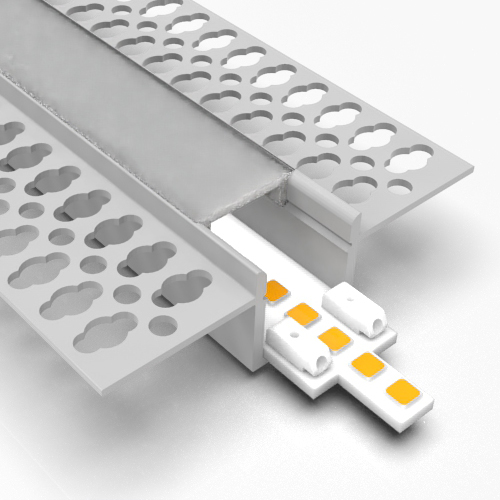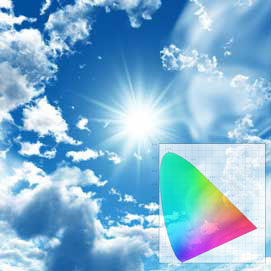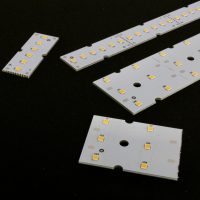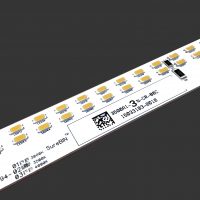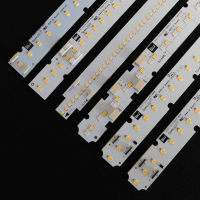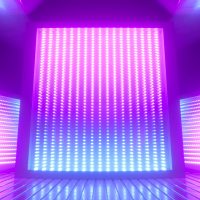Effects on plants. UV is outside of the photosynthetically active waveband, but it is biologically active and regulates plant growth. Some common effects of UV on crops include inhibition of extension growth (shorter stems and smaller leaves), increase in leaf thickness and waxiness (thicker cuticles) and greater leaf coloration, especially for plants with purplish leaves such as red-leaf lettuce, purple millet and purple fountain grass. Research also has shown that plants grown with UV generally have less insect feeding on leaves and are less vulnerable to fungal pathogens compared to plants grown with little or no UV.
There are emerging, but not yet well defined, opportunities to use UV radiation (especially UV-A) in greenhouses and indoor vertical farms to produce crops with specific attributes and to suppress fungal pathogens. Potential examples include delivery of UV to increase leaf coloration and thickness, making plants potentially more resistant to environmental stresses and pests. Research is needed to determine how to deliver the UV to plants, including the radiation source and its intensity and duration needed to elicit the desired responses. An excessive dose will typically burn leaves and thus, determining the correct dose is extremely important.



